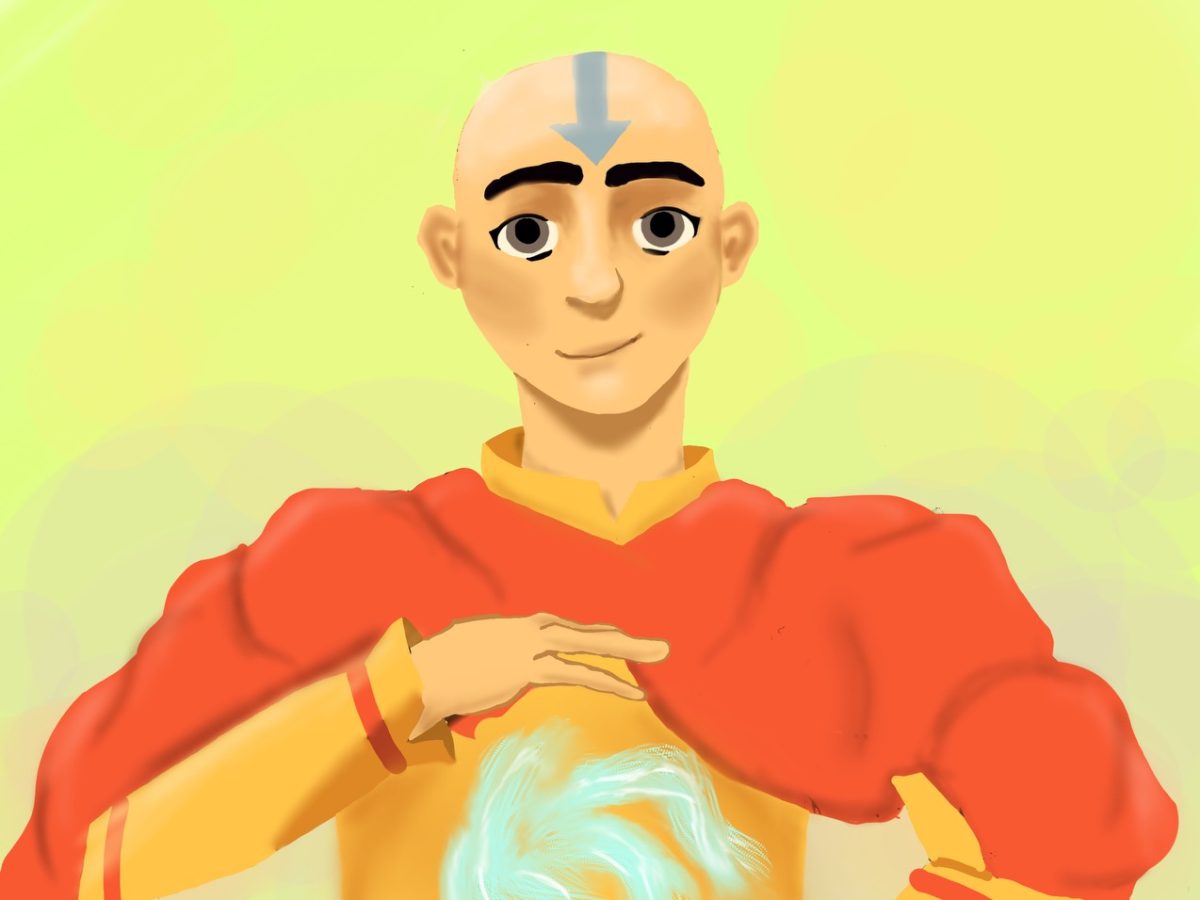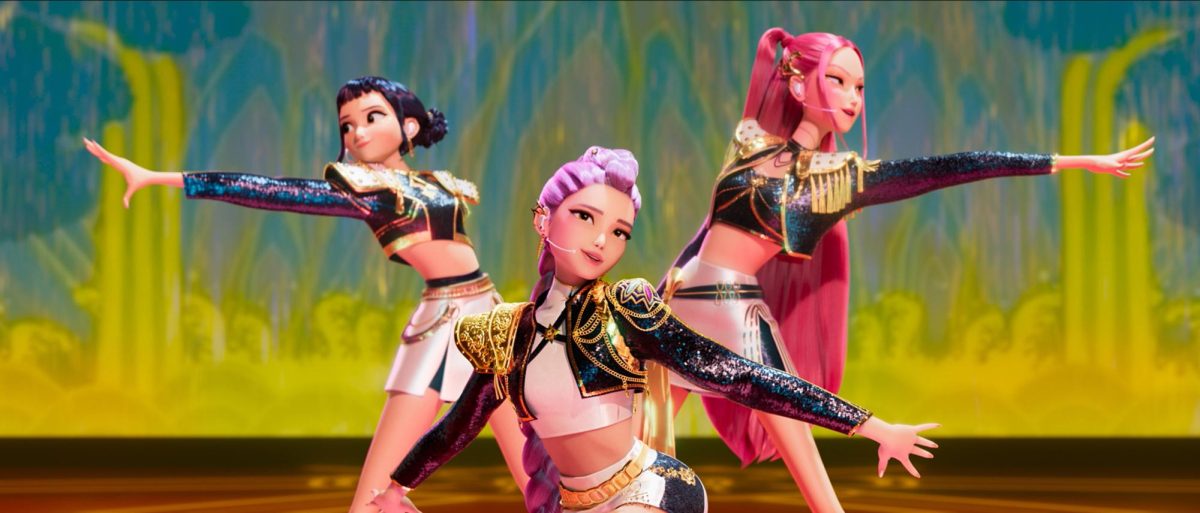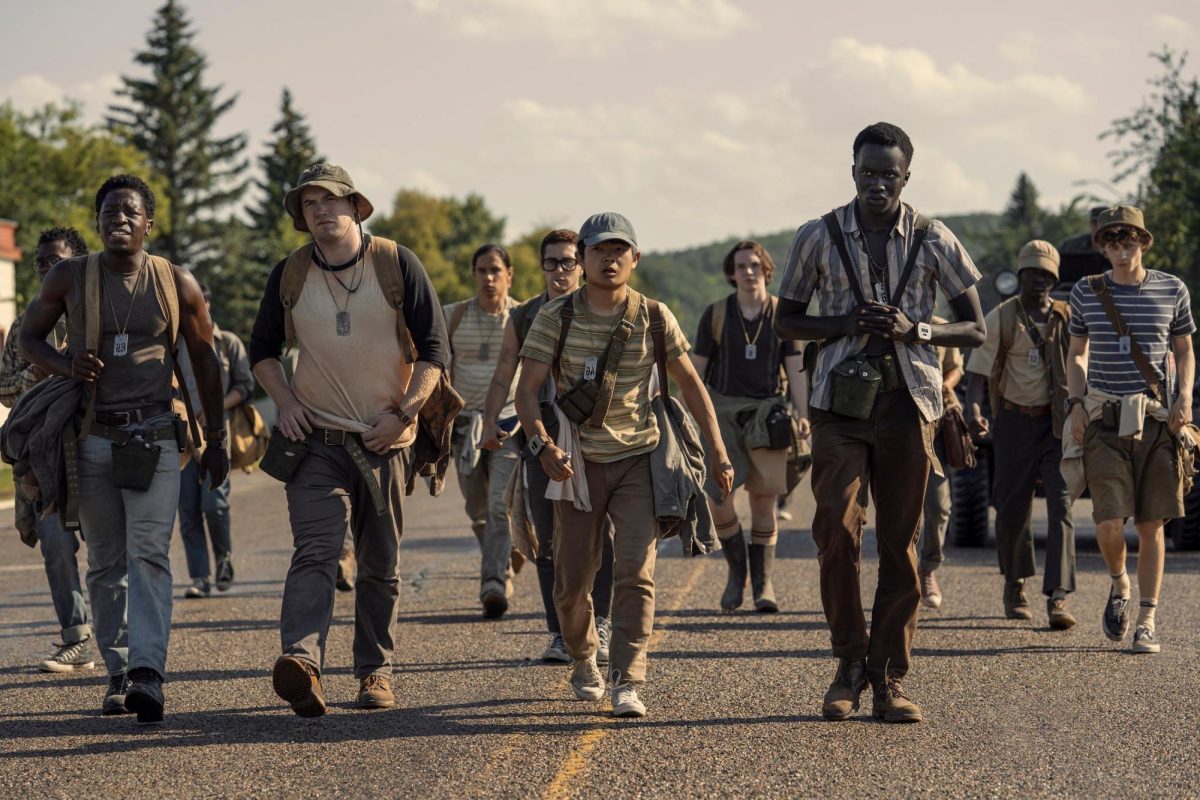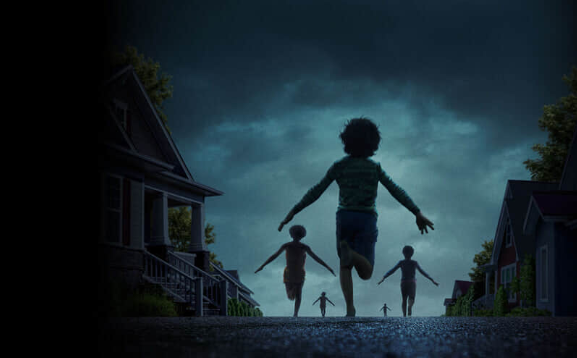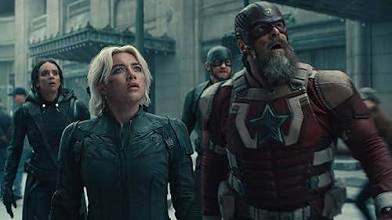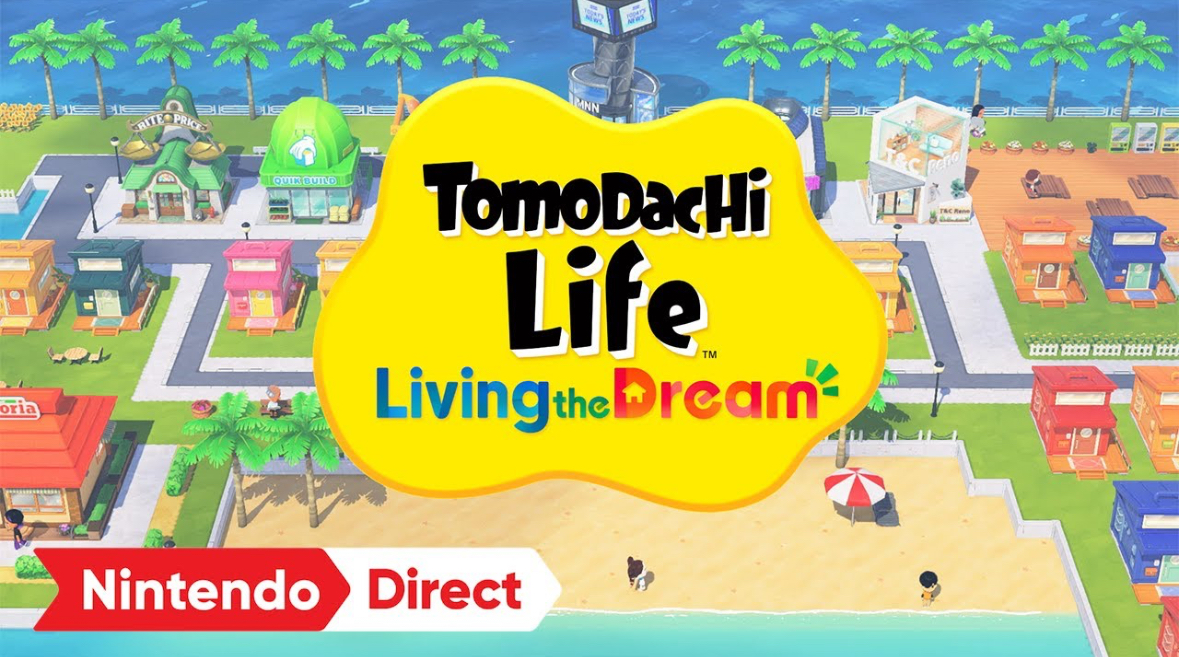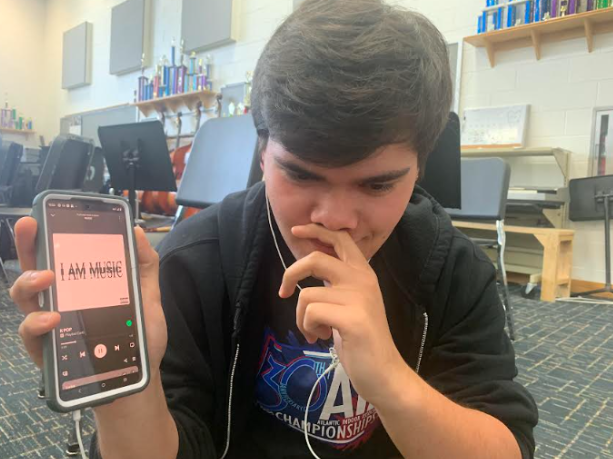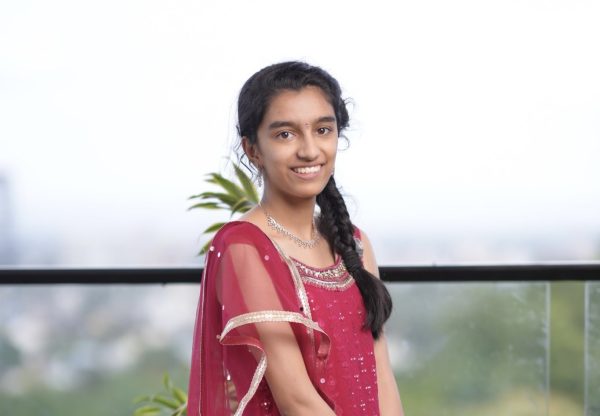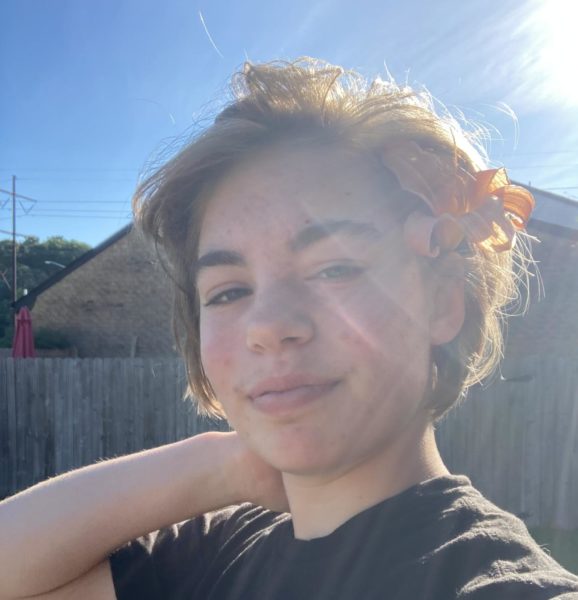Water. Earth. Fire. Air.
Long ago, the four nations lived together in harmony.
Then, everything changed when the Fire Nation attacked.
This introduction might sound familiar. Avatar: The Last Airbender, affectionately known as ATLA, is a show that many people know and love. The characters are relatable. The humor is sweet. The storytelling is beautifully crafted, and the progression is natural. The show’s deep themes transcend age, race and nationality, resulting in a devoted global fan following.
Thus, when the development of a live-action series was announced in 2018, fans were skeptical, especially after the utter failure of the 2010 film The Last Airbender.
There were so many things wrong with that movie.
The tribes in the original ATLA were modeled after different groups of people. According to Baron News, waterbenders were inspired by the Inuit, earthbenders were modeled after the Chinese, firebenders were inspired by the Japanese and airbenders were modeled after Tibetan monks.
The film ignored this all and cast mainly Caucasian actors in those roles. Actors well over 20 were cast in the roles of pre-teens. The performances were less-than-stellar, the cast had zero charisma and the special effects seemed like an afterthought. Let’s be real: does it really take six earthbenders to move one small rock?
To the delight of fans, the live-action series solved all these problems and added its own unique elements.
The cast is wonderfully diverse, and they are actually near the age of the characters they represent. 14-year old Gordon Cormier (Aang) is of Filipino descent, 17-year old Kiawentiio Tarbell (Katara) is from the Mohawk Nation, 22-year old Ian Ousley (Sokka) is Cherokee and 22-year old Dallas Liu (Zuko) is of Chinese-Indonesian descent. Each of these young stars truly embodies the characters they play. Off-screen, especially during interviews, they’re like a tight-knit family with inside jokes and even some “sibling rivalry,” which adds to the chemistry of the whole series on-screen.
The storyline is slightly different from that of the animated series; after all, the original series had 61 episodes, so many events had to be condensed to fit the live-action requirements. For example, the events of the Cave of Two Lovers, Omashu and Ba Sing Se all happen in one 50-minute episode. However, this doesn’t detract from the story; the combination is actually done really well, allowing for the storyline to flow without it feeling too rushed.
Currently, only the first season has been released, though it won’t be like this for long. According to TeenVogue, Netflix already renewed the series for seasons two and three on March 6, 2024, just two weeks after the premiere. This shows the popularity of the beloved series and attests to people’s approval of the live-action version. I count myself among this group; I went in expecting another terrible attempt at a live-action adaptation but was positively stunned by the amazing series.
Unfortunately, some critics incessantly proclaim that the original was much better, blatantly ignoring the wonderful charm of the live-action series and its actors.
They’re right and wrong.
The original series is a legendary work of art, a pure masterpiece. Nothing can top that, but things can come close. Stop comparing the live-action to the animated. Instead, look at the live-action series by itself in all its glory and appreciate the advanced special effects, wonderful storytelling and cultural representation.
Watch it on Netflix, and get ready to be blown away.

